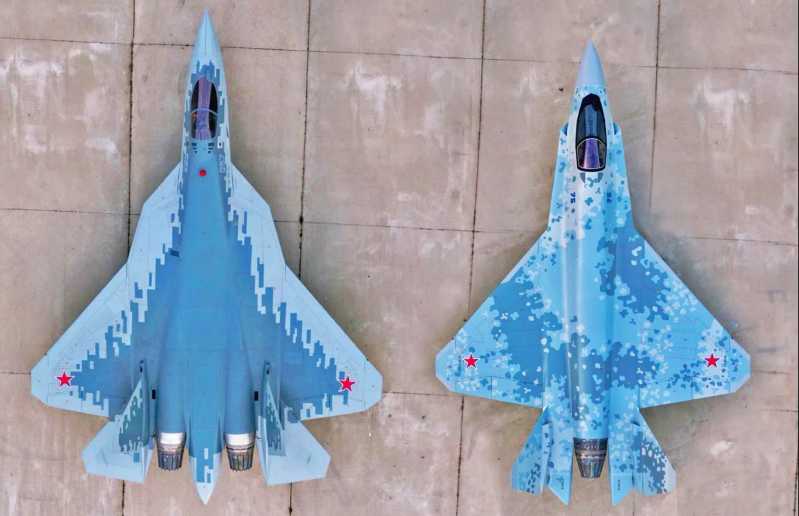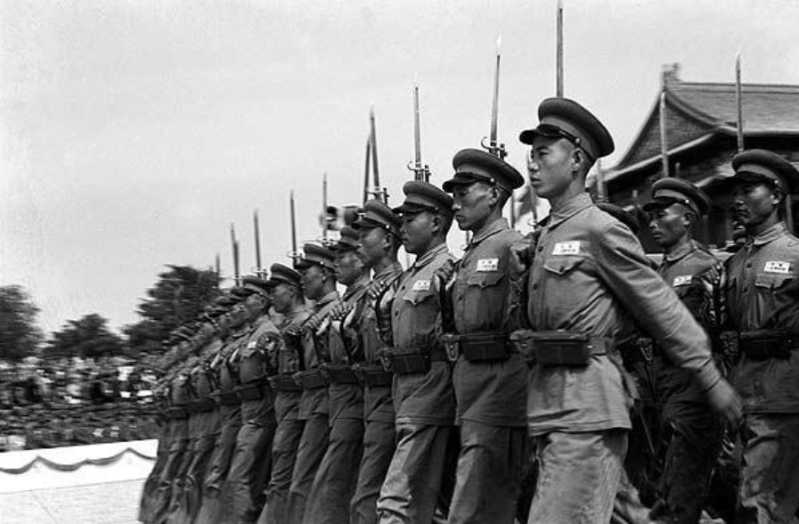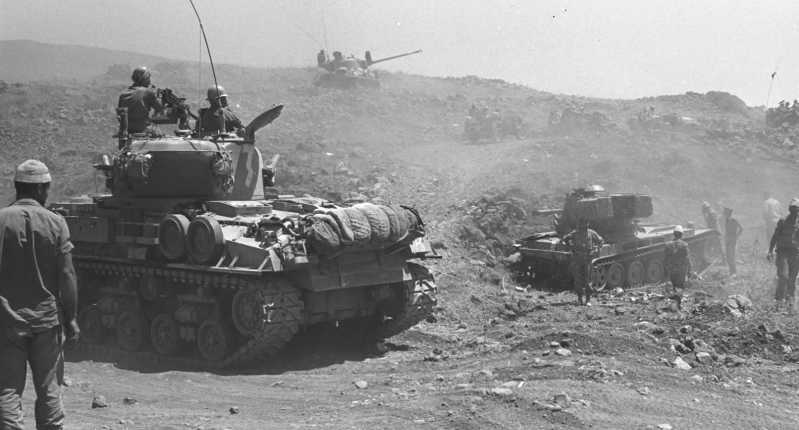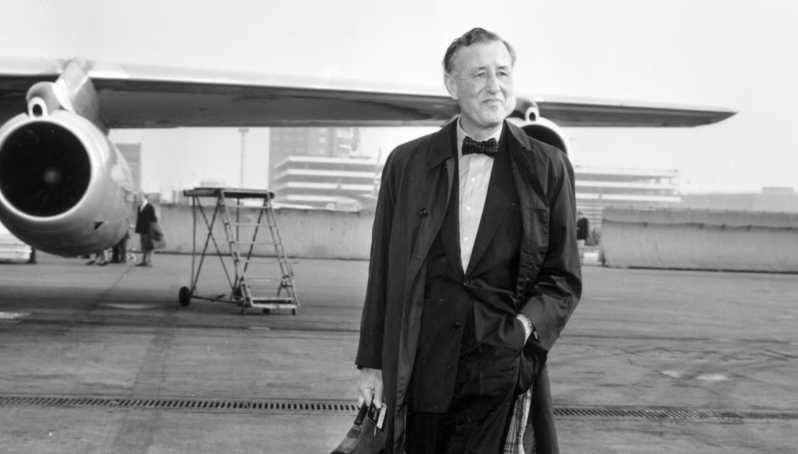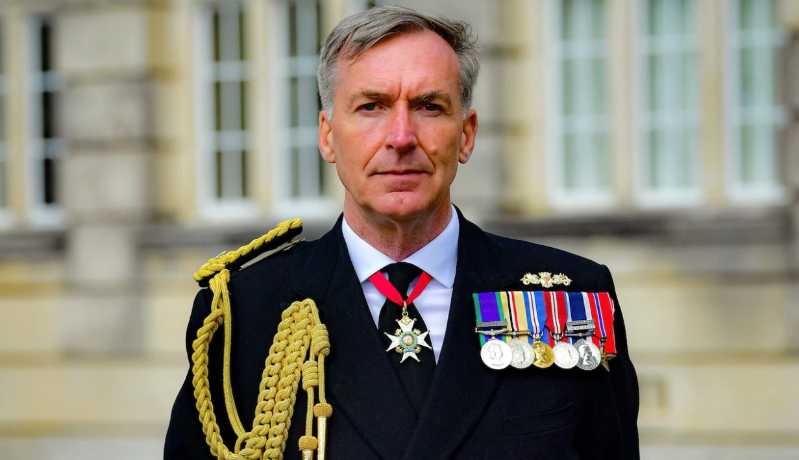On August 12, 2021, Russia announced the revised "Development Strategy of the United Aircraft Corporation of Russia before 2035" to continuously deepen the reform of the Russian aircraft manufacturing industry and realize Putin’s dream of building an aircraft manufacturing power.
Difficult start and initial results
After the disintegration of the Soviet Union in 1991, 9 of the 10 Soviet aviation design bureaus, 49 of the 55 aviation manufacturing plants, and 41 of the 70 aviation repair plants were incorporated into Russia. In order to accelerate the reform of the economic system, the then Russian President Yeltsin signed an order on the privatization reform of state-owned enterprises on August 14, 1992. However, the plan backfired, causing the Russian aviation manufacturing industry to fall on the brink of collapse. As of July 1, 1994, among the 242 aviation manufacturing industries that implemented shareholding reforms, only 7 state-controlled defense enterprises were retained. For example, the Sukhoi Design Bureau and the MiG Design Bureau have become the first choice for low-price acquisitions by economic oligarchs at home and abroad. The Sukhoi Design Bureau, which is worth billions of dollars, was sold at a low price of 6 million US dollars.
In the process of transition from a planned economy to a market economy, the Sukhoi and MiG Design Bureaus experienced unprecedented difficulties. Due to the cancellation of defense orders and severe shortage of funds, both design bureaus experienced an embarrassing situation of a large number of personnel loss due to wage arrears.

From March to May 1992, the two design bureaus were first renamed as Aviation Science and Production Complex, and then registered as open joint-stock companies, completing the initial privatization transformation. In order to survive, the two design bureaus were forced to turn their fighter sales to markets such as China and India. In 1995, the leadership model of the two design bureaus changed, and any matters had to be decided by the shareholders’ meeting. In May of the same year, the leadership body of the two design bureaus, the board of directors, was born. In 1996, then Russian President Yeltsin signed an order to establish the Sukhoi Aircraft Military Industrial Complex based on the Sukhoi Design Bureau, Komsomolsk-on-Amur Aircraft Manufacturing Plant and Irkutsk Aircraft Manufacturing Plant. At the same time, the MiG Aircraft Military Industrial Complex was established on the basis of the MiG Design Bureau and the Moscow Lukhovitsi Aircraft Manufacturing Plant. The purpose of Russia’s establishment of the aircraft military industrial complex is to strengthen exports to China, India and Vietnam on the one hand, and to help defense enterprises get out of trouble on the other hand.
On May 7, 2000, with Putin’s inauguration as president, the Russian aircraft manufacturing industry, which had a lot of work to do, embarked on a difficult road of reform. In October 2001, according to the "Overall Plan for the Reform and Development of the Russian Federation’s Military-Industrial Complex from 2002 to 2006", the Russian government reorganized the Sukhoi Aircraft Military-Industrial Complex and established the Sukhoi Vertical Integration Holding Company, which was participated by enterprises such as the Sukhoi Design Bureau, the Komsomolsk-on-Amur Aircraft Manufacturing Plant and the Novosibirsk Chkalov Aircraft Manufacturing Plant.
The so-called vertical integration holding company refers to a legal person with scientific research and production cooperation under state control, who voluntarily transfers part of its assets to one of the participants and merges in accordance with the overall interests. The original intention of the establishment was to ensure the scientific research, production and technological potential of key aircraft design bureaus and aircraft manufacturing plants under the conditions of national economic difficulties, sharp decline in defense orders, and difficulty in providing financial support to the Russian aircraft manufacturing industry. The backbone design bureaus and aircraft manufacturing plants merged with enterprises with few defense orders and non-backbone enterprises to find foreign customers as a breakthrough and revitalize the Russian aircraft manufacturing industry.
Before the establishment of the vertically integrated holding company, the legacy issues of the Sukhoi Aircraft Military Industrial Complex created obstacles. At that time, the shares of the Sukhoi Aircraft Military Industrial Complex only accounted for 14.7%, and the remaining shares belonged to the state. Although the Sukhoi Design Bureau is the parent company of the Russian aircraft military industrial complex, it has no financial management and distribution rights. According to the Russian government regulations, the state-owned enterprises that did not participate in the shareholding reform, the Komsomolsk-on-Amur Aircraft Manufacturing Plant and the Irkutsk Aircraft Manufacturing Plant, will enjoy financial management and distribution rights as contract executors.
In 2000, Russia and China formally signed a contract to sell Su-30MKK fighters. The Komsomolsk-on-Amur Aircraft Manufacturing Plant took hundreds of millions of dollars in dividends from this contract, while the Sukhoi Design Bureau’s dividends were less than a fraction of it, which seriously damaged its economic interests. Mikhail Pogosyan, then chief designer of the Sukhoi Design Bureau, repeatedly asked the Russian government to revise this unreasonable regulation, but was rejected. On October 30, 2001, Putin signed the order to establish the Sukhoi Integrated Holding Company. Pogosyan was upset because the issues of financial management and distribution rights were not properly resolved. In this regard, Putin personally stepped in to mediate. First, it was decided to implement shareholding reforms on the Komsomolsk-on-Amur Aircraft Manufacturing Plant and the Irkutsk Aircraft Manufacturing Plant, and hand over 74.5% of the shares to Sukhoi Company for management. In addition, granting the Sukhoi Design Bureau financial management and distribution rights not only resolved the contradictions, but also prompted the Sukhoi Integrated Holding Company to be established on October 1, 2003.
The MiG, Tupolev and Ilyushin Design Bureaus also encountered similar problems in the process of establishing the integrated holding company. In short, Putin’s establishment of the integrated holding company has achieved remarkable results. In 2003, Sukhoi Company created more than 2 billion US dollars in revenue for the country, playing an important role in the development of Russia’s aircraft manufacturing industry. At the same time, Irkut Corporation, which mainly produces Su-30 fighters, Yak-130 trainers/fighters, SSJ100 passenger aircraft and Airbus 320 parts, came into being in 2004 after acquiring the Yakovlev Design Bureau.
On August 4, 2004, Putin signed the "List of Strategic Enterprises and Strategic Joint-Stock Companies of the Russian Federation" to ensure the healthy development of Russia’s defense industry. The so-called strategic enterprises and strategic joint-stock companies of the Russian Federation refer to state unitary enterprises and open joint-stock companies of the Russian Federation, whose shares are owned by the Russian Federation. At the same time, the strategic enterprises and strategic joint-stock companies of the Russian Federation are defense industry complexes engaged in scientific research, design, production and testing to ensure the completion of national defense orders. Sukhoi, MiG and Ilyushin Design Bureaus are all included in the list of strategic enterprises of the Russian Federation.
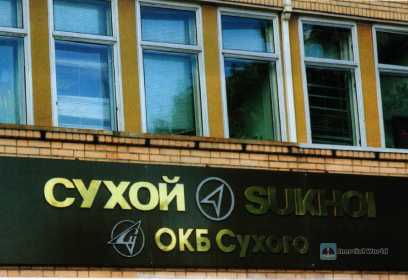
Company merger: mixed blessings
On November 20, 2006, Putin signed Order No. 140, deciding to establish the "United Aircraft Corporation" Open Joint Stock Company (hereinafter referred to as the United Aircraft Corporation) based on more than 30 aircraft research and development and production enterprises, including Sukhoi, MiG, Ilyushin, Tupolev, Irkut, Taganrog Believ Design Bureau, Gagarin Aircraft Manufacturing Company in Komsomolsk-on-Amur, Eagle Aircraft Manufacturing Plant in Nizhny Novgorod, Chkalov Aircraft Manufacturing Company in Novosibirsk, and Ilyushin-Financial Company. Since then, the prestigious military and civilian aircraft have finally come together, creating a precedent in the history of Russian aircraft manufacturing that integrates civilian, military and civilian aircraft and military aircraft.
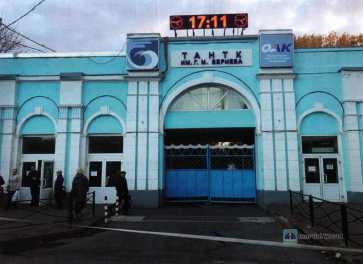
The establishment of the United Aircraft Manufacturing Group has enabled Russia to not only retain key aircraft enterprises, but also save some non-key aircraft enterprises on the verge of bankruptcy; retain a large number of experts in the aircraft design bureau, as well as different design styles and processes; through the establishment of training courses, aircraft engineering design personnel are trained, and the quality of the aircraft expert team has been improved; some production equipment has been updated; a number of innovative enterprises have been established; and some advanced processes, materials and equipment have been used in the design and production of new fighters. In terms of military aircraft development, a large number of military aircraft are equipped with the Russian Aerospace Forces in batches. In addition, some fighters are exported to China, India and other countries, earning a lot of foreign exchange. Compared with military aircraft, civil aircraft manufacturing pales in comparison. According to the original plan, Sukhoi Civil Aircraft Company cooperated with Boeing of the United States to develop the first SSJ100 passenger aircraft designed according to Western airworthiness standards. At the same time, Irkut Corporation cooperated with Yakovlev Design Bureau to develop the MC-21 passenger aircraft. The annual production of SSJ100 and MC-21 is planned to reach 140 aircraft, which will not only break the monopoly of Boeing and Airbus passenger aircraft in the Russian domestic market, but also enter the international market.
In order to save money, the United Aircraft Corporation abandoned the plan to mass-produce 95 Tu-334, Su-80GP and An-38 civil aircraft, and invested all funds in the development of SSJ100, while spending more than 20 billion rubles to develop MC-21. In short, Putin is full of confidence in the development prospects of the aircraft manufacturing industry. Russian Prime Minister Dmitry Medvedev pointed out at the United Aircraft Corporation meeting that according to the "Development Strategy of the United Aircraft Corporation of Russia before 2020", Russia will become the world’s third largest aircraft manufacturing power, second only to Boeing and Airbus. In the proportion of civil, dual-use and military aircraft manufacturing, the output of civil and dual-use aircraft will increase from 30% to 50%.
After the Crimea incident in March 2014, the United States, the European Union, and the Ukrainian Antonov Design Bureau and Motor Sich Design Bureau imposed sanctions on Russia. Due to the dependence on Western countries for engines, composite materials and electronic equipment, the mass production plan of SSJ100 and MC-21 was stranded: the delivery period of the Il-76MD-90A military transport aircraft was delayed by 3 years; the Il-214 multi-purpose transport aircraft was delayed by 6 years: the Il-112V military transport aircraft was delayed indefinitely.
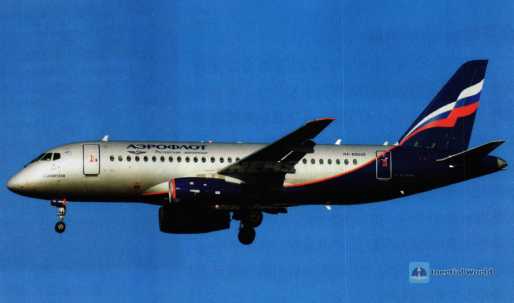
In this war of boycotting sanctions, the United Aircraft Corporation has also exposed problems such as bloated management, redundant personnel, large enterprise scale and structure, outdated scientific research and production processes, and low production efficiency. It is worth mentioning that the aircraft design bureau and manufacturing enterprises in Moscow have a total of 20,000 employees, of which 5,000 are managers. Boeing and Airbus produce more than 500 civil aircraft per year, while the United Aircraft Corporation, which has more than 1,000 enterprises, produces only 50 civil aircraft per year. In the 1970s and 1980s, Soviet-made passenger and cargo aircraft were all over the world, and their production ranked among the top in the world, with a status comparable to that of Boeing and Airbus. Today, the Russian domestic aircraft market has been handed over to Boeing and Airbus, and the current Russian aircraft manufacturing industry is at best second-rate in the world!
In order to revitalize the Russian aircraft manufacturing industry, on December 19, 2016, the Russian government’s Ministry of Industry and Trade issued a draft for comments on the "Development Strategy of the United Aircraft Corporation before 2035". On May 25, 2017, Russian Minister of Industry and Trade Denis Manturov first revealed to the media the plan to merge Sukhoi and MiG in the United Aircraft Corporation by 2019 to form a campaign and tactical aviation department. At the same time, Manturov also revealed the heavy news that the United Aircraft Corporation will be under the Russian State Technology Corporation. This means that the largest reform since the establishment of the United Aircraft Corporation is about to begin.
Russian State Technology Corporation was established in December 2007. Unlike an integrated holding company, first of all, the group company is a non-commercial organization, mainly relying on state funding to exercise social and management functions. Secondly, in terms of management, the State Technology Corporation is not subject to the supervision of the Russian government. In addition to submitting a summary report on the financial and other implementation status to the Russian President once a year, the company does not need to report its work to the President. According to the Russian Bankruptcy Law, "only commercial organizations are eligible for bankruptcy", the State Technology Corporation of Russia is not eligible for bankruptcy on its own. In addition, the State Technology Corporation of Russia has its own laws. Thirdly, in terms of ownership, the State Technology Corporation’s property is 100% owned by the Russian Federation. The purpose of the group company is to strengthen the Russian President’s vertical leadership over the national group company, enhance the competitiveness of weapons and military equipment in the international market, ensure a monopoly position in the domestic market, compete with the world’s major powers that develop and produce advanced weapons and equipment, and meet the needs of domestic and foreign markets to the maximum extent.
Currently, Rostec is one of the largest defense enterprises in Russia. It consists of United Aircraft Corporation, Russian Helicopters Corporation, United Engine Corporation, Kalashnikov Corporation, Uralvagonzavod Scientific Production Corporation, Schwabe Corporation, Vaz Automobile Manufacturing Corporation and Kamaz Corporation. It has more than 800 scientific and production organizations and production bases in more than 60 countries in the world.

Merger and reorganization caused turmoil
On October 24, 2018, Putin signed an order to transfer 92.31% of the state shares of United Aircraft Corporation to Rostec, making United Aircraft Corporation a veritable state-controlled strategic enterprise. It is worth mentioning that before Putin signed the order, the Russian government had planned to merge United Aircraft Corporation with Russian Helicopters and then transfer it to Rostec. Due to opposition from shareholders of the two companies and shareholders’ demands to repurchase 30 billion rubles of shares, the merger plan was forced to be cancelled, which led to the separation of Russian aircraft manufacturing and helicopter manufacturing today.
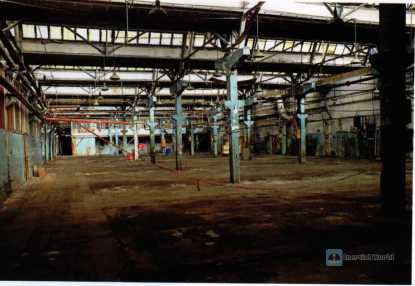
In March 2020, after nearly a year and a half of auditing, the United Aircraft Corporation was officially incorporated into the Russian State Technology Corporation. Oleg Yevtushenko, executive general manager of the Russian State Technology Corporation, said in an interview with a reporter from the Russian News Agency that this is a milestone event for the Russian defense industry. The future revenue of companies such as the United Aircraft Corporation will account for 44% of the Russian State Technology Corporation, exceeding 770 billion rubles. With the joining of the United Aircraft Corporation, the Russian State Technology Corporation has become one of the world’s largest military-civilian integration aircraft manufacturers. At the same time, it was unexpectedly discovered during the audit that the United Aircraft Corporation actually owed 350 billion rubles of national debt, including old debts for the development of the Su-47 forward-swept wing fighter, MiG-1.44 fighter and MiG-AT trainer/fighter in the 1990s, as well as new debts for the development of the SSJ100 and MC-21 civil airliners after the new millennium, as well as the improvement and development of the MiG-29, MiG-29K and MiG-35 fighters.
On July 16, 2020, Ilya Tarasenko, deputy general manager of the United Aircraft Corporation and general manager of Sukhoi and MiG, revealed in an interview with a Russian News Agency reporter that according to the instructions of the Russian State Technology Corporation, the United Aircraft Corporation has completed the plan to establish a campaign and tactical aviation department based on the Sukhoi Design Bureau and the MiG Design Bureau. The management of the original MiG company has been transferred to Sukhoi. The newly established Operational and Tactical Aviation Department will be responsible for the supervision of the development, production and technical maintenance of existing and future fighters. Previously, the United Aircraft Corporation had handed over the Sukhoi Civil Aircraft Company Design Bureau to Irkut Corporation, and planned to establish the Civil Aviation Department on this basis. In the near future, its main task is to complete the establishment of the Military Aviation Department as soon as possible and formulate the development strategy of the Operational and Tactical Aviation Department before 2035.
On November 6, 2020, Tarasenko was removed from the positions of Deputy General Manager of the United Aircraft Corporation, General Manager of Sukhoi Company and General Manager of MiG Company. Yuri Slyusar, General Manager of the United Aircraft Corporation, will directly serve as General Manager of Sukhoi Company. The United Aircraft Corporation said that this is a transitional stage for Sukhoi and MiG Company to form the Operational and Tactical Aviation Department, which is convenient for direct supervision of Sukhoi Company, which is responsible for the export of fighter jets and foreign exchange earnings. Russian media generally believe that Slyusar’s concurrent position as General Manager of Sukhoi Company is to reduce the problem of too many deputy general managers in the United Aircraft Corporation. The group originally planned to set up 11 deputy general manager positions, but according to the latest reform plan, only 1 to 2 will be retained.

As the saying goes, there is no wind without waves. In February 2021, many Russian media reported that the MiG Design Bureau, Sukhoi Company, Tupolev Company, and Ilyushin Company will leave Moscow and move to Nizhny Novgrad, Komsomolsk-on-Amur in the Far East or Novosibirsk, Kazan, Ulyanovsk or Voronezh, and the vacated land will be sold to repay the debts of the United Aircraft Manufacturing Group. In addition, Russian media also reported that after the merger of Sukhoi and MiG Design Bureau, they will jointly develop the "MiG-Sukhoi" sixth-generation fighter, and the "MiG" and "Sukhoi" fighter brands will be abolished. These news caused a great uproar in Sukhoi and MiG. The leaders and engineering designers of subsidiaries of the United Aircraft Corporation wrote to the Russian government and the Russian State Duma, demanding an end to this reckless attempt to destroy the Russian aircraft design elite.
Russian Meritorious Pilot Yuri Sitniko pointed out that the merger of Sukhoi and MiG will lead to the disappearance of competition between design bureaus, making Russia lose its advantage in the arms race with the West led by the United States. Alexander Yavkin, chief designer of the Be-200 amphibious aircraft of the Beriev Design Bureau, believes that this major institutional reform should not be limited to design bureaus in Moscow, but should include aircraft design bureaus and manufacturing plants outside Moscow, as well as drone manufacturing companies. At the same time, subsidiaries of the United Aircraft Corporation pointed the finger at Anatoly Serdyukov, the former Russian Defense Minister and current Chairman of the Board of Directors of the United Aircraft Corporation, accusing him of being the initiator of the "Move Out of Moscow Plan" and trying to copy the practice of cutting Russian Air Force airports and military academies during the "Putin New Look Military Reform". In order to implement the "Putin’s New Look Military Reform" plan, from 2008 to 2011, the Russian Air Force airports and military academies implemented large-scale "family migration" mergers and formations.
On March 16, 2021, Sergei Chemezov, general manager of the Russian State Technology Corporation, held an emergency meeting to refute the news of moving out of Moscow. At the same time, he reiterated that the State Technology Corporation only merged the management of the United Aircraft Manufacturing Corporation, Sukhoi and MiG to form a unified aircraft manufacturing center to manage aircraft project planning and assets. Although the legal person will belong to the aircraft manufacturing center, the aircraft brands of Sukhoi and MiG will be retained. Tupolev, Ilyushin and Irkut Corporation, located in Moscow, will also be under the leadership of the United Aircraft Manufacturing Center.
In addition, the Russian State Technology Corporation intends to establish a Russian joint engineering design center consisting of the operational and tactical (military) aviation department, the strategic and special aviation department, the transport aviation department, and the civil aviation department based on the Sukhoi Design Bureau and the MiG Design Bureau, the Tupolev Design Bureau and the Beriev Design Bureau, the Ilyushin Design Bureau, and the design bureaus under the Irkut Corporation. The various design bureaus under the Joint Engineering Design Center will continue to retain their original independence and autonomy. The working and living conditions of the Joint Engineering Design Center will be greatly improved. It should be noted that at the 15th International Aviation and Aerospace Exhibition held in Moscow in July 2021, the physical model of the new light fighter Su-75 "General" exhibited by Sukhoi and the model of the new carrier-based vertical/short take-off and landing fighter MiG-49 exhibited by MiG confirmed Chemezov’s statement that the two design bureaus have not merged and continue to retain their independence and autonomy.

At the end of the meeting, Chemezov announced that he would replace Sherdyukov as Chairman of the Board of Directors of the United Aircraft Corporation and lead the company’s reform, namely the establishment of the Russian United Aircraft Manufacturing Center. In addition, according to Slyusari, General Manager of the United Aircraft Corporation, the address of the office building of the United Aircraft Manufacturing Center and the United Engineering Design Center has been selected on Leningrad Street in Moscow. At present, the preliminary architectural drawing design and demonstration are underway. The central office building is scheduled to start construction before the end of December 2021 and be completed in 2025. The office building covers an area of 200,000 square meters and can accommodate engineering designers from various design bureaus. In addition, the central office building has also built supporting facilities such as test benches, rest areas, fitness and aviation museums.
(To be continued)


